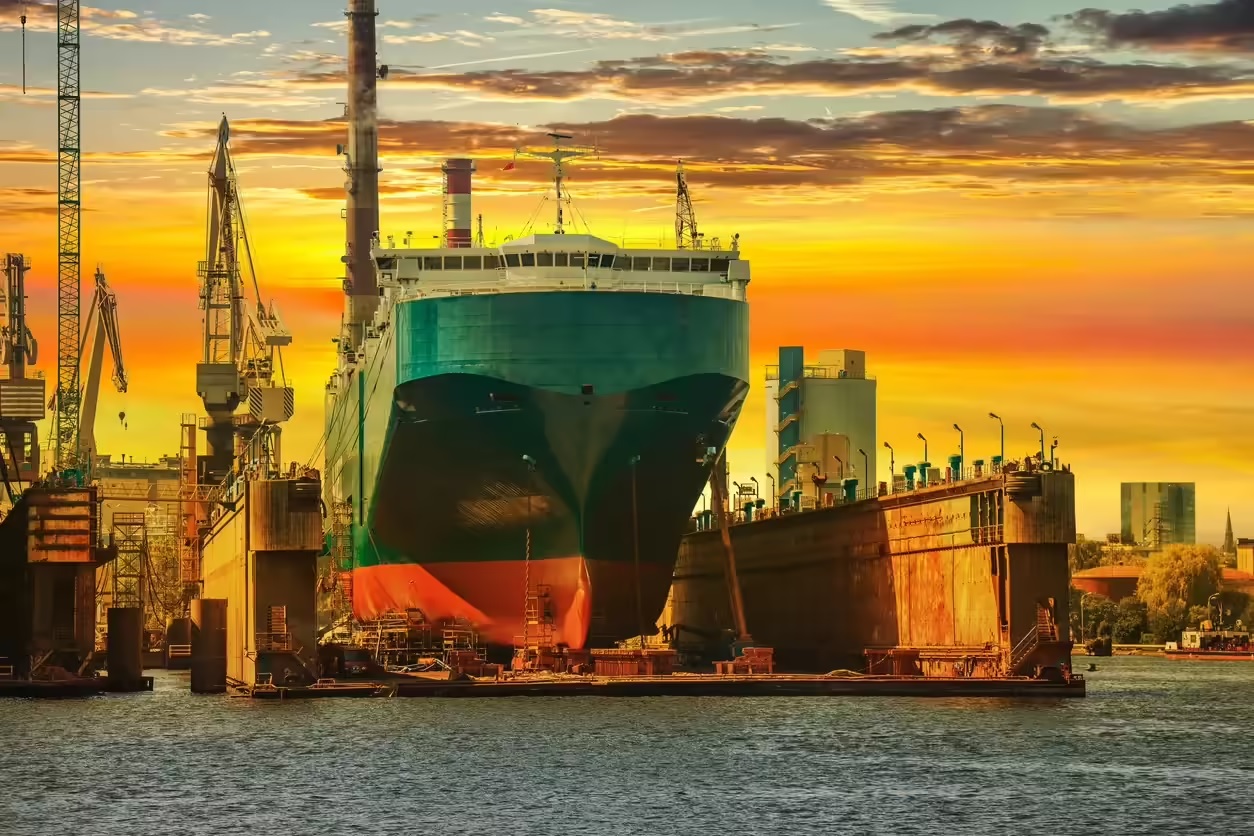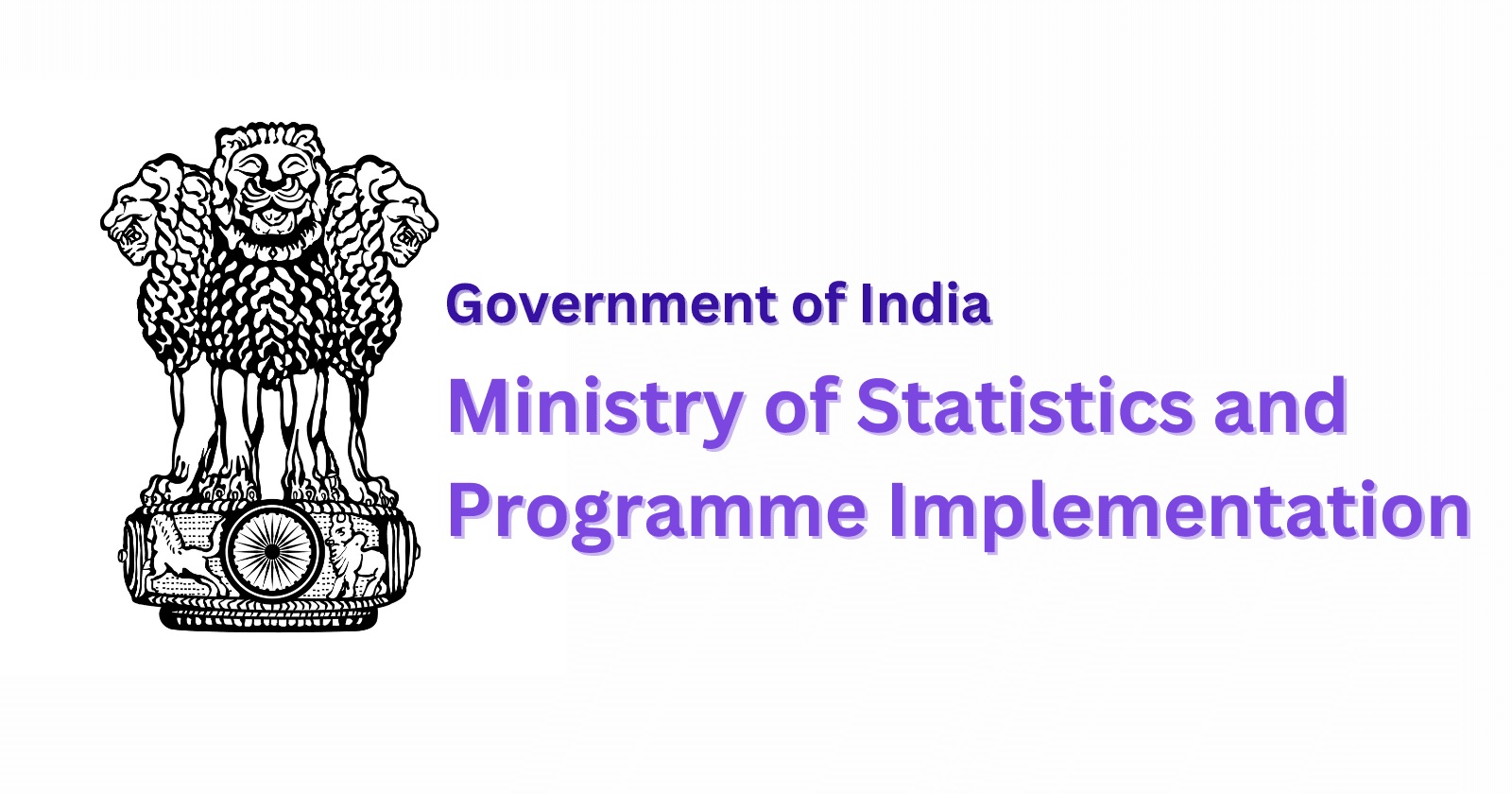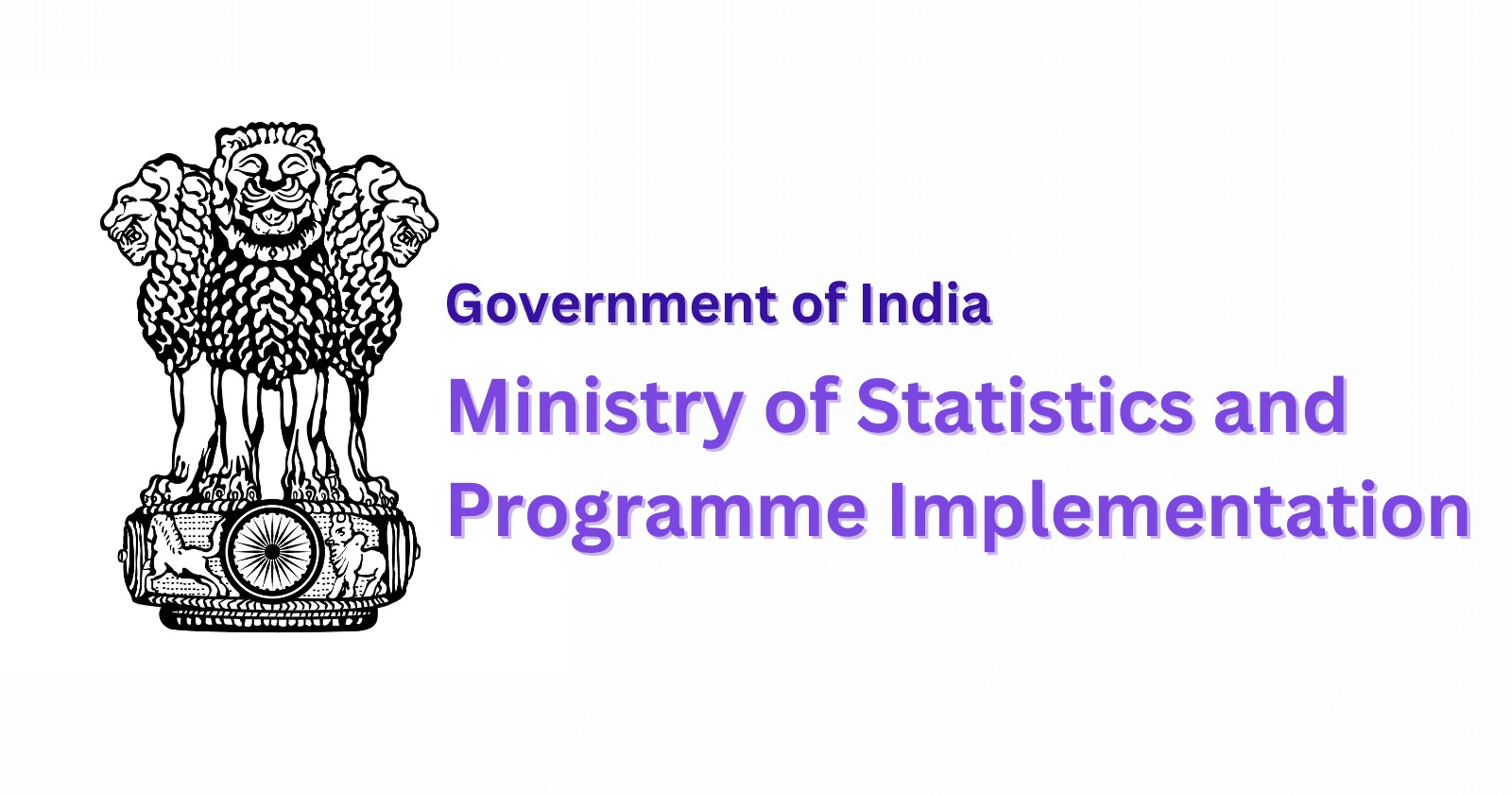The Union Cabinet has taken a historic step to
strengthen India’s maritime power and advance the vision of Atmanirbhar Bharat.
The government has approved a massive package worth ₹69,725 crore aimed at
reviving the country’s shipbuilding industry and reducing dependence on foreign
vessels.
About the Package
¨
Four Pillar Approach: The
package introduces a four-pillar approach designed to strengthen domestic
capacity, improve long-term financing, promote greenfield and brownfield
shipyard development, enhance technical capabilities and skilling, and
implement legal, taxation, and policy reforms to create a robust maritime
infrastructure.
¨
Shipbuilding Financial
Assistance Scheme (SBFAS): Under the package, the Shipbuilding Financial
Assistance Scheme (SBFAS) will be extended until March 31, 2036, with a total
budget of ₹24,736 crore.
¨
Shipbreaking Credit Note:
SBFAS aims to incentivise ship building in India and includes a Shipbreaking Credit
Note with an allocation of ₹4,001 crore.
¨
National Shipbuilding
Mission: A National Shipbuilding Mission will be established to oversee the
implementation of all initiatives.
¨
Maritime Development Fund
(MDF): MDF has been approved with a corpus of Rs.25,000 crore to provide
long-term financing for the sector. This includes a Maritime Investment Fund of
Rs.20,000 crore to reduce the effective cost of debt and improve project
bankability.
¨
Shipbuilding development
programme (SbDS): The SbDS with a Rs.19,989 crore budget, aims to boost
domestic shipbuilding capacity to 4.5 million GT (Gross Tonnage) per year. It
will support mega shipbuilding clusters and infrastructure expansion, establish
the India Ship Technology Centre, and offer risk and insurance support for
shipbuilding projects.
Significance of the Package
¨
Economic: The overall
package is expected to unlock 4.5 million Gross Tonnage of shipbuilding
capacity, generate nearly 30 lakh jobs, and attract investments of
approximately Rs.4.5 lakh crore into India’s maritime sector.
¨
Supply chain: The
initiative will strengthen national, energy, and food security by bringing
resilience to critical supply chains and maritime routes.
¨
Geopolitical and
Strategic Resilience: It will reinforce India’s geopolitical resilience and
strategic self-reliance, advancing the vision of Aatmanirbhar Bharat and
positioning India as a competitive force in global shipping and shipbuilding.
India’s Shipbuilding Status
¨
The maritime sector
remains a backbone of the Indian economy, supporting nearly 95% of the nation’s
trade by volume and 70% by value.
¨
India currently accounts
for less than 1% of the global shipbuilding market, contributing around 18
million deadweight tonnage.
¨
According to DG Shipping
as on 31st March 2024, Indian shipping tonnage was 13.66 million Gross Tonnage
(GT) with 1521 ships.
¨
During the 2023-24 FY
Indian owned ships/vessels carried 4.11% of India’s overseas trade.
¨
India is ranked 16th in
the industry, but aims to break into the top ten ranking by 2030 and top five
by 2047.
¨
Ship building capacity of
a unit is defined in terms of the maximum carrying capacity of the ship that
can be built by a shipyard measured in terms of Dead Weight Tonnage (DWT).
¨
Amongst reporting public
sector companies, Cochin Shipyard Ltd. (CSL) possess the maximum ship building
capacity (110 thousand DWT) followed by Hindustan Shipyard Ltd. (HSL) (80
thousand DWT), Goa Shipyard Ltd. (GSL) (4.5 thousand DWT).




